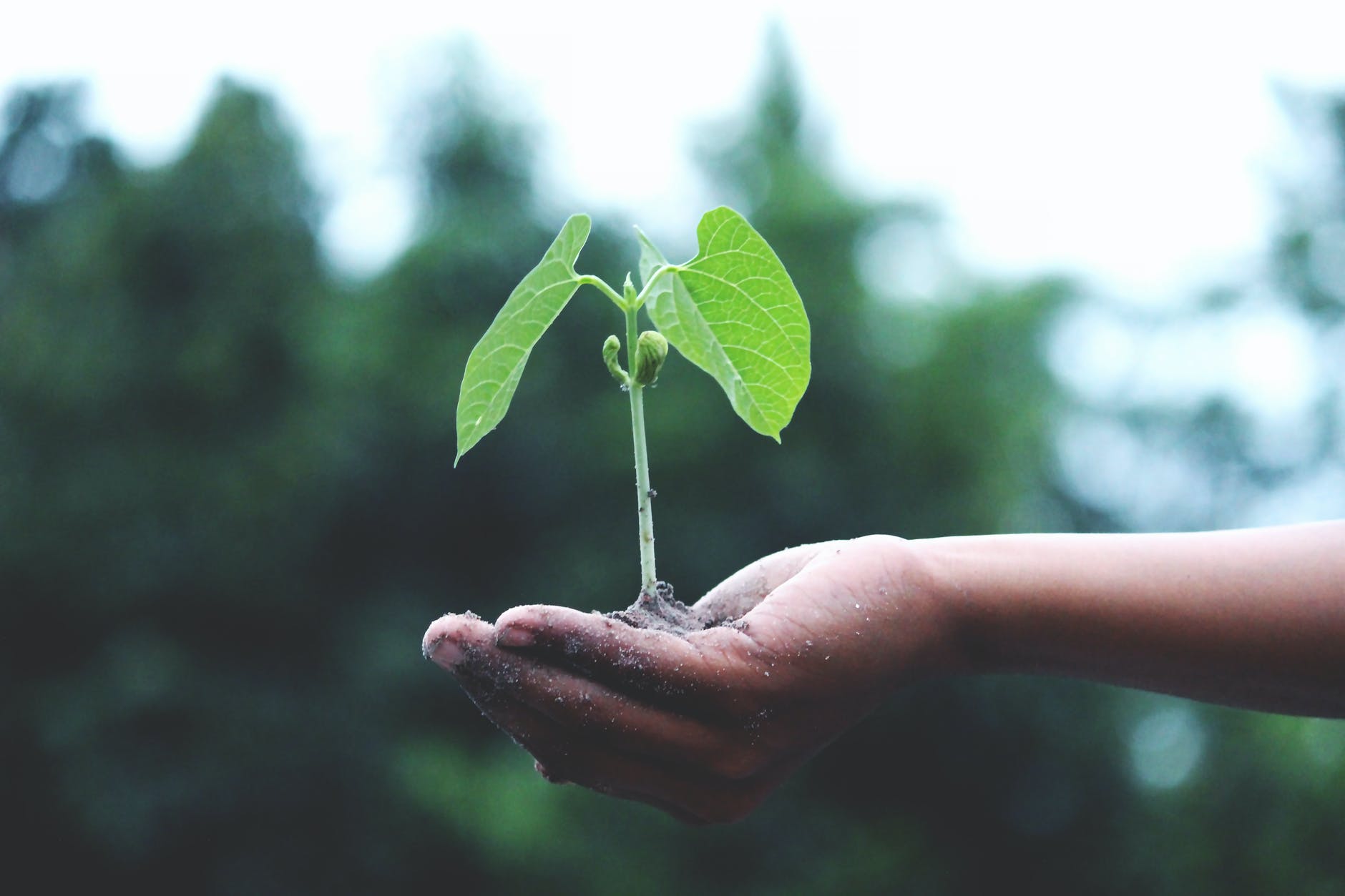Environment Tech
SA overshoots its resources – for last 51 years
Sunday, 4 July, was South Africa’s Earth Overshoot Day – the day the country uses up the resources its ecosystem needs a full year to regenerate
EOD is calculated for all countries, and each country has its own tipping point at which the population is starting to consume its own ecological reserves. The point of overconsumption is determined by the ecological “interest” that is generated every year, and the rate of consumption.
“While overconsumption is the biggest driver, the world is also losing natural resources due to habitat encroachment, climate change, and ecologically damaging practices such as the use of pesticides,” says Dr Volschenk. “The pressure on Earth’s reproduction rate is closing in from all sides.”
The World Wildlife Fund reports that populations of wild animals have declined by an average of almost seventy per cent in the last 50 years, while other studies report that insect populations have declined by 70% in the last 30 years.
In some parts of China, fruit trees have to be pollinated by hand due to the absence of bees in the areas, which in turn is a consequence of pesticide usage in these regions.
So how do we turn this ship from its collision course?
Dr Volschenk says that understanding that Earth Overshoot Day is a result of undersupply and over-demand, provides two ways to move the date to later in the year.
“Managing demand provides the easiest opportunity to balance supply with consumption. Much debate exists between two camps – those that argue for reduction of population growth, and those arguing for a reduction in per capita consumption.
“Global population numbers have doubled in the last 50 years. Globally, we are still adding in excess of 80 million people per year, more than the total population of South Africa. Part of the long-term solution should focus on stabilising or even reducing the global population.”
Go to the next page to read what South Africa’s EOD is.



















